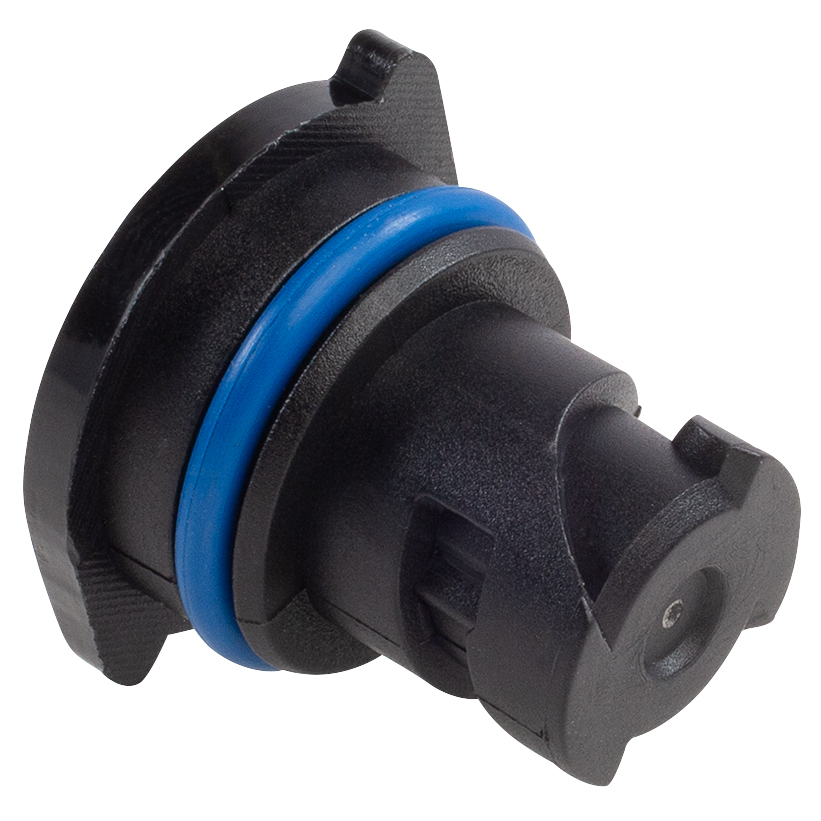Replacement Options for 300 TDI Rear Crankshaft Seal Installation and Maintenance Tips
Understanding the Importance of the 300 TDI Rear Crank Seal
The 300 TDI (Turbo Diesel Injected) engine, renowned for its durability and reliability, is a favorite among off-road enthusiasts and Land Rover aficionados. One crucial yet often overlooked component in maintaining the integrity and performance of this engine is the rear crank seal. This small but significant seal plays a vital role in ensuring the engine operates smoothly and efficiently, and neglecting it can lead to severe repercussions.
What is the Rear Crank Seal?
Located at the rear of the engine, the rear crank seal is designed to prevent oil from leaking out of the crankshaft housing. This component plugs the gap between the rotating crankshaft and the stationary engine block, creating a barrier that keeps the engine oil contained. The rear crank seal is subjected to high levels of stress due to the constant rotation of the crankshaft, making it susceptible to wear and tear over time.
Signs of a Failing Rear Crank Seal
One of the common issues associated with a failing rear crank seal is oil leakage. If you notice oil pooling under your vehicle, especially near the rear of the engine, it might be a sign that the rear crank seal has degraded. Additionally, the presence of engine oil on the transmission bell housing can indicate a leak at the rear crank seal. Over time, a failing seal can lead to a drop in oil levels, which can result in insufficient lubrication of engine components, potentially causing severe engine damage if not addressed promptly.
Other symptoms may include increased exhaust smoke or a noticeable drop in engine performance, as the engine may struggle to maintain proper lubrication. If you experience any of these signs, it’s crucial to inspect the rear crank seal and address any issues as soon as possible.
300tdi rear crank seal

The Replacement Process
Replacing the rear crank seal on a 300 TDI engine can be a labor-intensive task, but it is essential for maintaining the engine’s health. The process typically involves removing the transmission to access the rear of the engine. Once the transmission is out of the way, the old seal can be carefully removed, and the new seal can be fitted. It’s important to ensure that the sealing surfaces are clean and free of debris to prevent future leaks.
When installing the new seal, applying a light coating of oil can help to ensure a snug fit and prolong the life of the seal. It’s also advisable to use high-quality seals that are specifically designed for the 300 TDI to ensure optimal performance.
Preventative Maintenance
To avoid premature wear of the rear crank seal and other engine components, regular maintenance is key. Routine inspections of engine oil levels and looking for signs of leaks can help catch issues early. Replacing the engine oil and filter at recommended intervals also contributes to a healthier engine, reducing the strain on the rear crank seal.
In conclusion, the rear crank seal may seem like a minor component within the complex architecture of the 300 TDI engine, but its role is anything but trivial. Regular maintenance and prompt attention to signs of wear can ensure your engine remains in excellent condition for many adventures to come. Whether you're traversing rugged terrains or simply enjoying everyday driving, a well-maintained rear crank seal is essential for optimal engine performance.
-
Simplifying Oil Changes: A Comprehensive Guide to Oil Drain Plugs and Their Variants
News Aug.04,2025
-
Mastering Oil Drain Maintenance: Solutions for Stripped, Worn, and Upgraded Oil Plugs
News Aug.04,2025
-
Fixing Oil Pan Plug Issues: Leaks, Stripped Nuts, and the Right Replacement Solutions
News Aug.04,2025
-
Everything You Need to Know About Oil Drain Plugs: Sizes, Fixes, and Upgrades
News Aug.04,2025
-
Choosing the Right Oil Drain Plug: A Guide to Sizes, Materials, and Drain Innovations
News Aug.04,2025
-
A Complete Guide to Automotive Drain Plugs: Types, Problems, and Innovative Solutions
News Aug.04,2025
-
The Ultimate Guide to Car Repair Kits: Tools and Essentials Every Driver Should Own
News Aug.01,2025
Products categories















